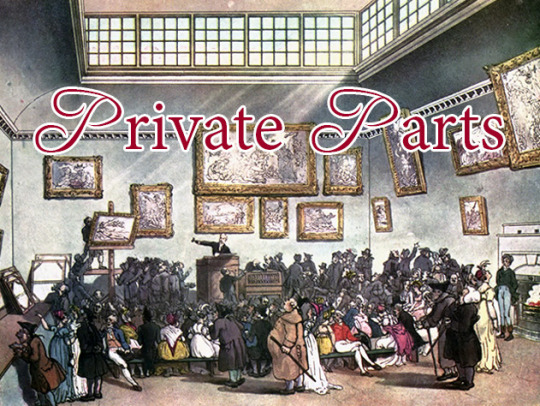
Private Parts is a series exposing the raw, gritty, and true stories behind artworks in private collections. Every week, you’ll find the untold tales of the back stabbings, thefts, and $100 million deals that move these works to secret lairs and impregnable vaults around the world. We’ll always be crazy in love with museums and galleries, but we also believe in giving the people what they want: All the art.
This week, behold The Portrait of Dr. Gachet by Vincent Van Gogh.
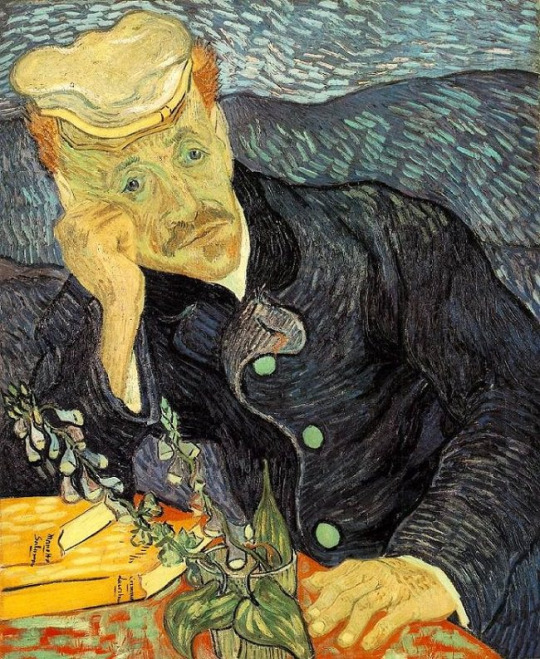
SOURCEDr. Gachet modeling for an antidepressant commercial.
Daaaaaamn Daniel, get a load of that painting! For real, get your fill, because there won’t be any one-on-one action with the good doctor anytime soon. Could be he’s been destroyed, like one owner promised. But more likely he’s been requisitioned to the basement lair-cave of a mystery billionaire. Which is totally unsurprising considering this is pretty much the white whale of van Goghs in private clutches.
The real life Dr. Paul Gachet was Van Gogh’s physician for the last months of his life. This portrait, the much more famous and just plain betterer of two, might have been Van Gogh’s payment for Dr. Gachet’s treatment. Some six weeks later after the portrait’s paint dried, Vincent was dead.
Even though Van Gogh didn’t achieve superstardom until after his suicide (ahem, while under the treatment of self-trained naturopathic Dr. Gachet), pretty much everyone took a painting from Vinny for services rendered.
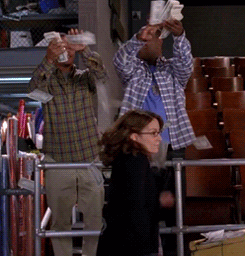
Paintings are great, and everything, but cash is ‘make-it-rain’ compatible.
Dr. Gachet wasn’t just some down in the dumps floozy with the piercing blue eyes of a yeti in mating season, either. He was a fine art lover way ahead of the artistic curve. Besties with Courbet and on a first name basis with Renoir and Cezanne, he was legit on board with the avant-garde of turn of the century France before anyone really understood what an Impressionism was.
In fact, Camille Pissarro recommended Dr. Gachet to Theo Van Gogh as a possible physician for his brother. After Vincent was released from hospital for the auto-amputation of his ear (translation: he cut it off), he went to live in an attic just down the street from Dr. Gachet’s house. Van Gogh painted Dr. Gachet amidst the final creative supernova which produced 70 paintings in 70 days before the artist shot himself in the chest and died. There’s a lot of questions about the relationship between Van Gogh and Gachet.
The doctor apparently hated practicing medicine, for one thing. Van Gogh wrote Theo that the doctor was “sicker” than even himself. It’s believed that Dr. Gachet discovered Van Gogh alive with the bullet in his chest and sort of went, “Nah…,” and bounced. Effectively leaving the artist to die.
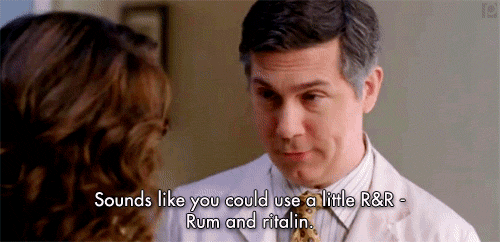
In any case, tracking the early sales for Dr. Gachet is like trying to figure out whether we’re supposed to hate or love Justin Bieber. It leaves you confused and a little empty inside.
Theo inherited the painting after his brother’s suicide and himself died about six months later. Johanna, Theo’s widow, sold the painting to a Copenhagen collector for 300 francs a few years after her husband’s death. A German buyer picked up Dr. Gachet from the Dane and sold it to the Staedel Museum, where it became one of the centerpieces in their collection for over 20 years. All of this happened, of course, within the first two decades following van Gogh’s death.
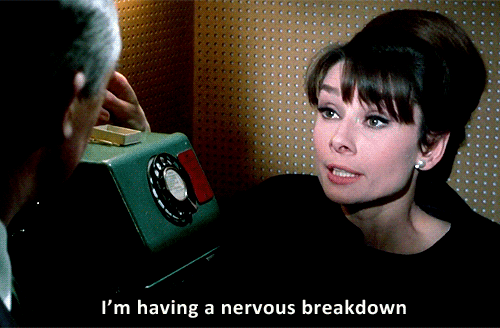
As Europe was revving up for World War II, the Nazis pilfered Germany’s museums in a trial-run for their pending continent-wide art theft bonanza. The Staedel hid Dr. Gachet for a while, until the Nazis declared the painting degenerate and it was dog eared for destruction. Luckily, SS loyal to chief Nazi propagandist Hermann Göring found it before those dickier dicks working for Hitler.
Göring needed to finance some tapestry purchases, which is definitely a need and not a want. So he had an intermediary sell Dr. Gachet for $58,000 a banker living in Amsterdam of German-Jewish ancestry named Siegfried Kramarsky. Kramarsky took his family and Dr. Gachet to New York City in 1941, when it was pretty obvious what was about to go down in Europe.
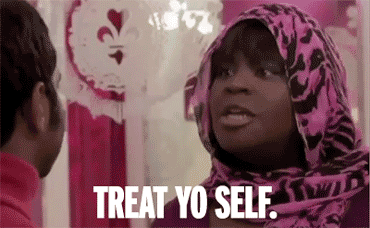
The Kramanskys were pretty generous with Dr. Gachet. Anonymously loaning it out to galleries and museums around NYC. The painting had a veritable residency at the Met from the 1980s until Kramansky’s heirs decided to auction it through Christie’s in 1990.
Then came the big night. Christie’s estimated the painting could net as much as $50 million. The gavel drops and an anonymous buyer spends $82.5 million (or, $150 million in today’s Monopoly money), making Dr. Gachet the most expensive painting bought at auction at that time.
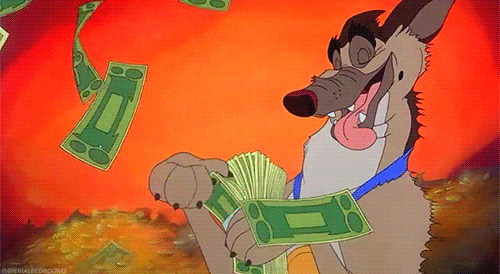
Later in the 90s, Tokyo paper magnate Ryoei Saito is revealed as the buyer. It was a pretty incredible trend in the 90s for Japan’s elite to snatch up Impressionist paintings at auction. The reason his identity was revealed? Saito ran into legal trouble and claimed he’d cremate Dr. Gachet and a Renoir to be buried with him in his coffin. Saito later back-peddled the statement as a joke, but no one knew whether he was serious.
The legal trouble in question? Saito was on the hook for fraud after bribing a politician to open up some protected Japanese forests so he could turn them into a golf course named Vincent. As in Van Gogh.
Saito died in 1996 and the art world went nuts. Did he make good on burning the work to rub it over his dead body? In short, no. After the 1990 auction, Saito had Dr. Gachet wrapped in cotton and shipped to a freeport in Japan for storage. Dr. Gachet, and probably all art, was nothing more to him than an investment and inspiration for the name of a proposed recreational sporting area.
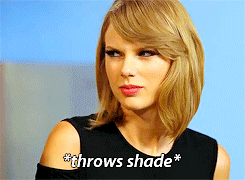
Jesus, respect the art, assholes.
Years later, the full prosaic story comes out. Saito’s estate needed to settle some debts, so Sotheby’s sold Dr. Gachet to an anonymous buyer for $90 million. It took more than a decade to reveal that the second straight anonymous buyer was none other than hapless Viennese hedge fund manager Wolfgang Flöttl.
When Wolfgang is being sentenced for banking fraud, leading to a 10 month stretch in the big pokey, he has to sell off a bunch of cool assets. There’s the Gulfstream jet, a $20 million estate in Bermuda, and then his art. Picasso’s La Reve and Dr. Gachet are unloaded specifically to settle the open $244 million credit line with Sotheby’s used to purchase those very paintings.
Dr. Gachet brings in $100 million from, yet again, an anonymous buyer.
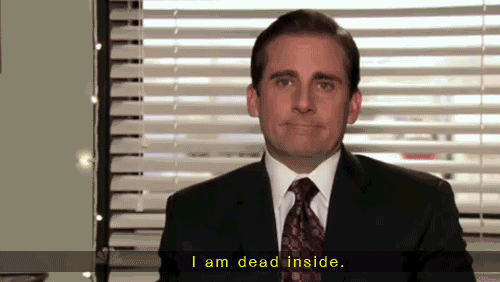
… is how I feel every time I see ‘anonymous buyer.’
And… that’s almost the end of this story. After a hat trick of anonymous buyers, this latest one hasn’t had a fraud case to expose them (yet, fingers crossed!). But, even if we knew who owned Dr. Gachet, they’ve made it clear that they aren’t interested in sharing him with the public.
It’s been more than a quarter century since he was available for public viewing. Factoring in that the current anonymous owner has gotten entreaties to purchase Dr. Gachet for $150 million and then $180 million with a ‘no dice’ response, and it looks like nothing’s changing for the foreseeable future. After all, Sotheby’s specialists believe the real price of the work is at or past the $200 million mark. So, someone offer that and see what happens.
There is just one last, teensy weensy little problem. And it goes all the way back to World War II. Siegfried Kramarksy may have stolen Dr. Gachet.
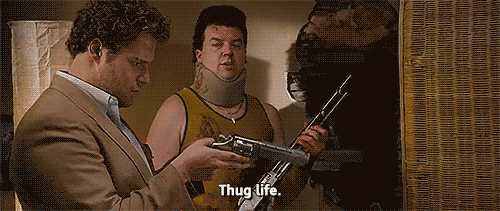
A person named Christine Koenigs claims Kramarsky never bought Dr. Gachet from Nazi agents. Instead, she asserts, her grandfather, Franz Koenigs, bought the painting from Göring’s men in 1938 and then sent it off for safekeeping to a gallery in New York.
It’s well established that Franz Koenigs was a prolific art collector, amassing something around 2500 Old Master oils and drawings. The bulk of that collection was stolen by the Nazis in World War II and irretrievably littered around Europe after the war. Also, Franz used those drawings as collateral with Kramarsky’s bank.
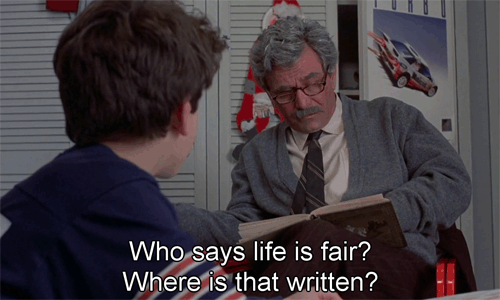
Christine’s claim is that Kramarsky went to New York, tracked down Dr. Gachet, and told the gallery that it was really his… and took it. Like an OG. Now, it’s not like there’s a bunch of receipts in well-maintained, digitized Nazi archives (thank Shiva Nataraja). So, she could be right. The only things we know are that:
1. Somebody bought Dr. Gachet from the Nazis for $58,000 (helping to fund Göring’s #tapestryneed)
and
2. Kramarsky showed up with Dr. Gachet on the 1940s New York City art scene.
What Christine has done is incentivize whoever owns Dr. Gachet to hang on a while longer. A cloud like this on the art’s title is a lawsuit in waiting. What auction house, buyer or museum wants that noise?
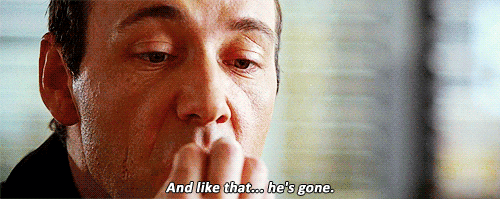
Answer: One that wants to sell or own a $200 million painting. So, maybe no one. Maybe everyone.
By: Clayton
Sources
- http://www.theartwolf.com/articles/most-valuable-private-art.htm
- http://www.nytimes.com/1990/01/24/arts/a-van-gogh-now-at-met-is-to-be-a…
- http://www.nytimes.com/1999/05/28/arts/art-review-comparing-the-fake-an…
- http://www.independent.co.uk/arts-entertainment/arts-no-cachet-in-a-gac…
- http://www.theguardian.com/artanddesign/1999/jan/28/arttheft.art
- http://www.artsjournal.com/culturegrrl/2007/01/dr_gachet_sighting_it_wa…
- http://www.businessweek.com/1998/20/b3578041.htm
- http://www.blouinartinfo.com/news/story/278619/gone-but-not-forgotten
- http://www.richandloaded.com/luxury-items/expensive-paintings-world-por…
- https://news.artnet.com/market/do-riches-await-in-the-van-gogh-auction-…
- https://news.artnet.com/market/picasso-painting-broke-real-record-300470
- http://www.katoikos.eu/opinion/euroskeptic-space/european-heritage-buri…
- http://www.telegraph.co.uk/news/newstopics/howaboutthat/12067690/Art-wo…
- http://www.nytimes.com/2015/06/15/arts/international/whos-rich-enough-f…











